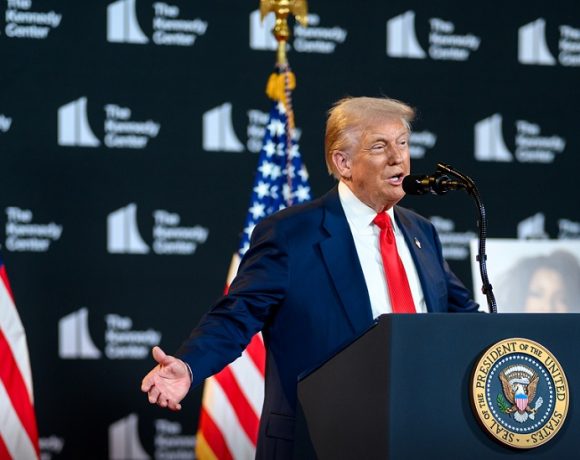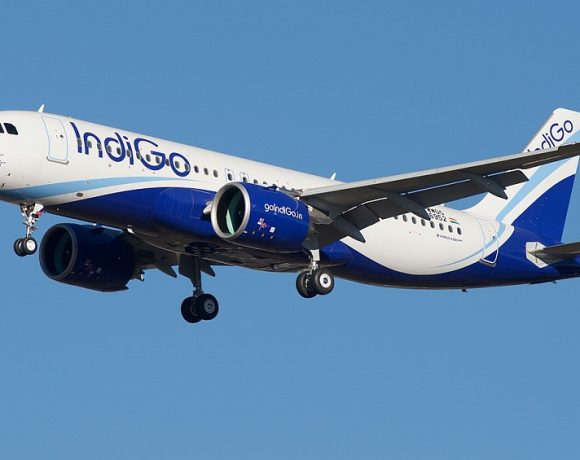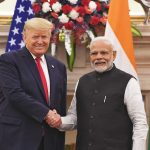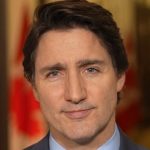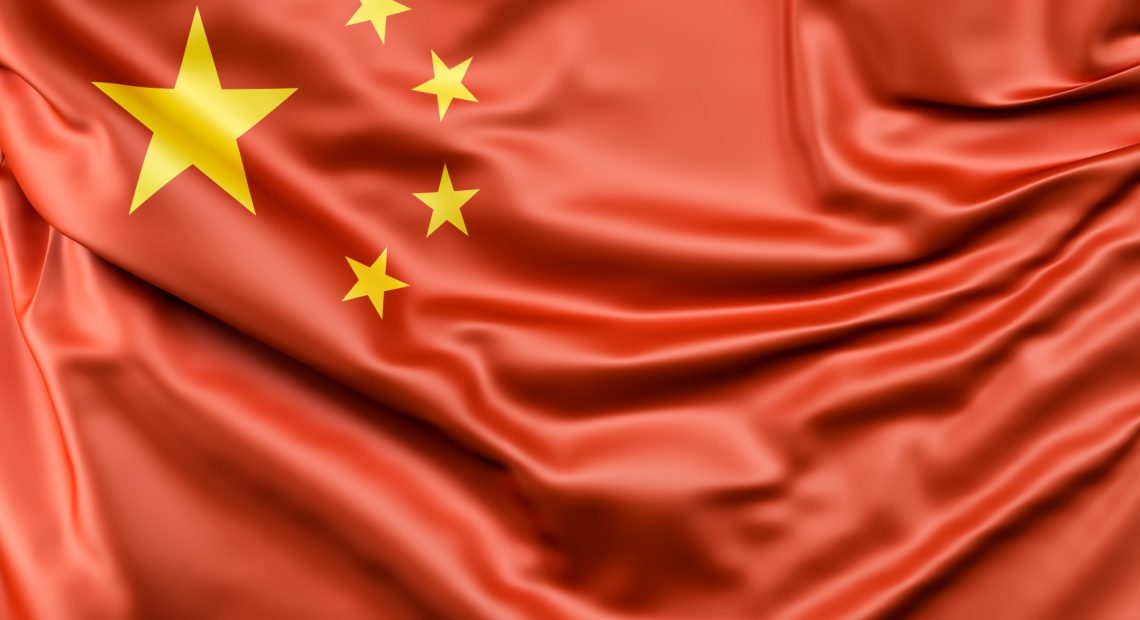
China Continues ‘Strait Thunder-2025A’ Military Drills Around Taiwan
China has ramped up its military activities near Taiwan with a new series of large-scale drills under the code name “Strait Thunder-2025A.” The exercises, launched in the central and southern sections of the Taiwan Strait, are being conducted by the People’s Liberation Army (PLA) and involve its army, navy, air force, and rocket units in a show of integrated combat strength.
China Taiwan Drills
According to the PLA’s Eastern Theater Command, the drills include long-range precision fire exercises into the East China Sea, simulating coordinated attacks on critical infrastructure such as ports and energy facilities. These operations are intended to demonstrate China’s ability to strike key economic and military targets with speed and accuracy, further elevating its pressure campaign against Taiwan.
The PLA announced that the drills have already achieved their strategic goals and signaled improved coordination across military branches. These exercises are seen as part of an ongoing effort to reinforce China’s claim over Taiwan and project dominance in the region.
Strait Thunder 2025A
Taiwan’s Ministry of National Defense has been actively monitoring the maneuvers and reported the presence of more than ten Chinese warships operating within its response zone. In response, Taiwan has mobilized its own forces, deploying air and naval assets to track Chinese movements and protect its territorial integrity. Authorities in Taipei reaffirmed their commitment to defending the island and maintaining stability in the Taiwan Strait.
The timing of the drills follows recent comments from U.S. Defense Secretary Pete Hegseth during his visit to Asia, where he condemned China’s growing aggression in the Indo-Pacific. His criticism coincides with rising hostility in Chinese state rhetoric toward Taiwan’s President Lai Ching-te, whom Beijing has described in inflammatory terms, accusing him of promoting separatist goals.
PLA Exercises
The United States has strongly opposed China’s latest military actions, warning that such drills increase instability in the region. Washington reiterated its support for Taiwan, emphasizing the importance of peace and the maintenance of the status quo in the Taiwan Strait.
Global analysts are watching the developments closely, with many viewing these exercises as a signal of China’s growing military assertiveness in the region. The continuation of high-intensity operations like “Strait Thunder-2025A” underscores the volatile nature of cross-strait relations and raises concerns over the potential for miscalculation or escalation.



